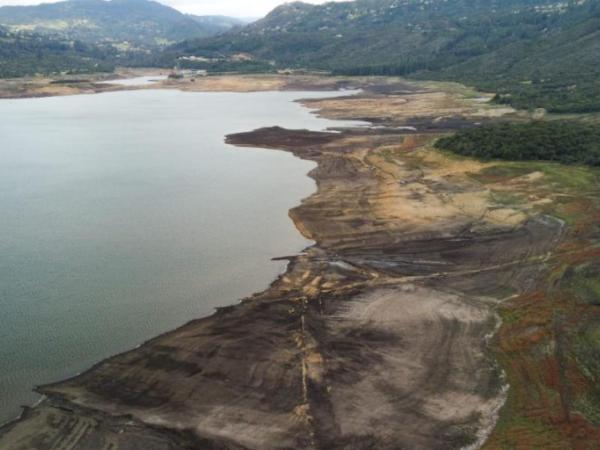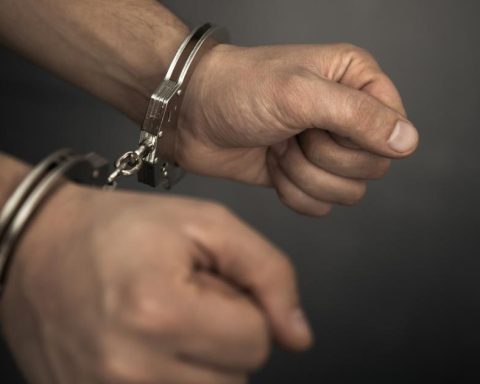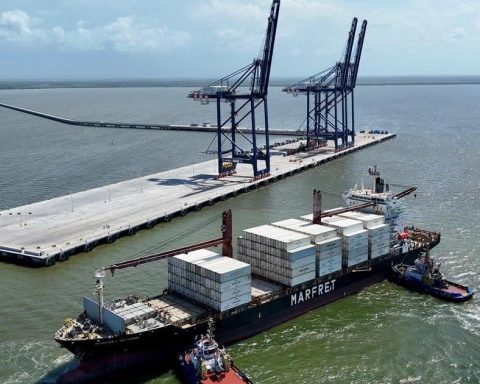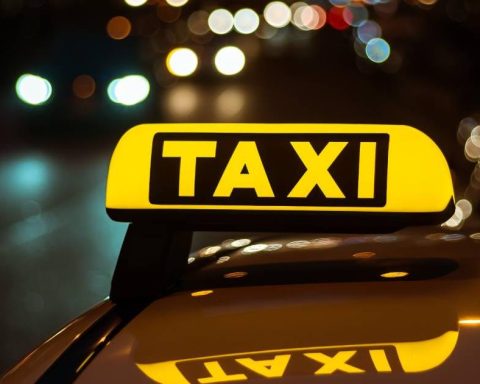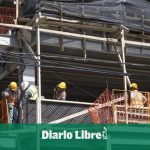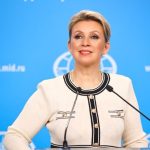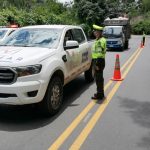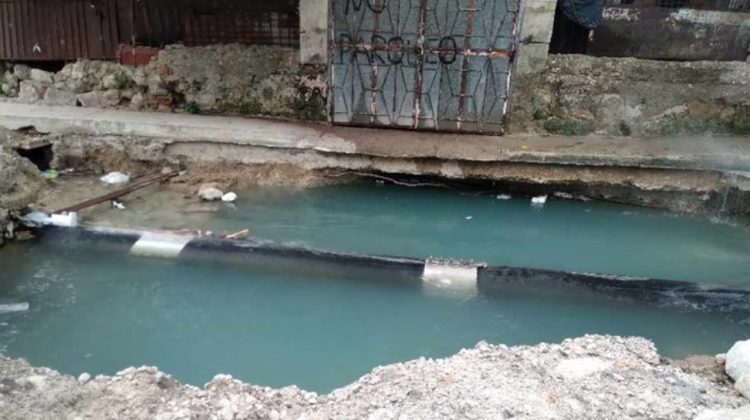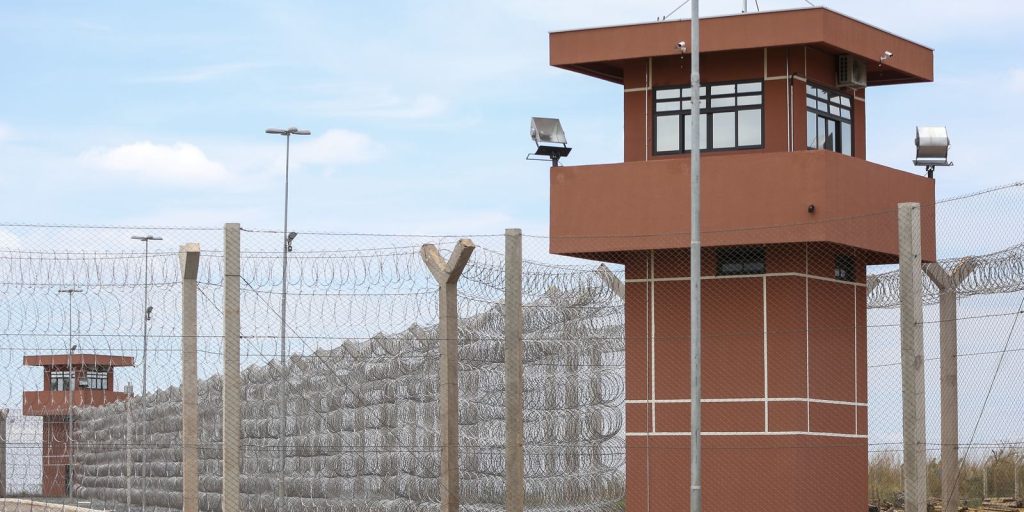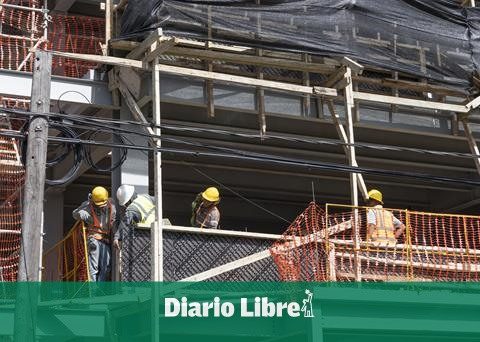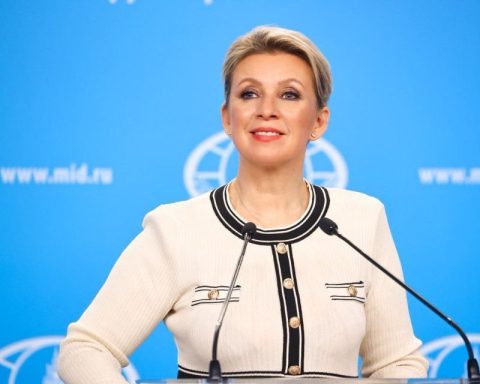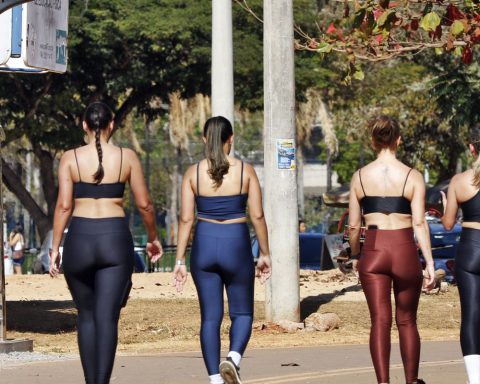At the end of September, Bogotá will resume the initial water rationing scheme due to the lack of rain and the current state of the reservoirs that supply this resource to the capital. In other words, service cuts will be carried out daily based on established shifts.
(Read more: Bogotá will resume daily water rationing: when will the measure begin to apply?)
In addition to this measure, and with a view to promoting responsible water consumption, the District Mayor’s Office defined a threshold to determine whether more restrictive actions will be required. Thus, The so-called ‘day zero’ will serve as a reference to demonstrate the filling behavior of the Chingaza system.
According to the mayor of Bogotá, Carlos Fernando Galán“Day zero will be reached when the Chingaza system reaches 36% full; if this happens, we will have to take more restrictive measures.”
He also stressed that although the restriction and savings measures do not allow the volume of the Chingaza reservoirs to be increased, since this can only be achieved with the inflows, Yes, they slow down the speed at which it decreases.
(Read more: This is how hyperconcentration of wealth is fueling economic inequality)
Chingaza
Mauricio Moreno / CEET
(See: Galán will proceed legally due to rumors linking him to Coca-Cola Femsa)
For her part, the manager of the Bogotá Aqueduct, Natasha Avendaño, clarified that ‘Day zero’ does not refer to the date on which the city will run out of waterbut rather it is understood as a day to re-evaluate what has been done with the results of the restriction scheme.
It is important to note that, as of September 22, the level of the Chingaza system reservoirs (Chuza and San Rafael) is at 44.61%.
(See: The solution to the lack of supply? They ask to increase the flow of the Bogotá River)
PORTFOLIO
